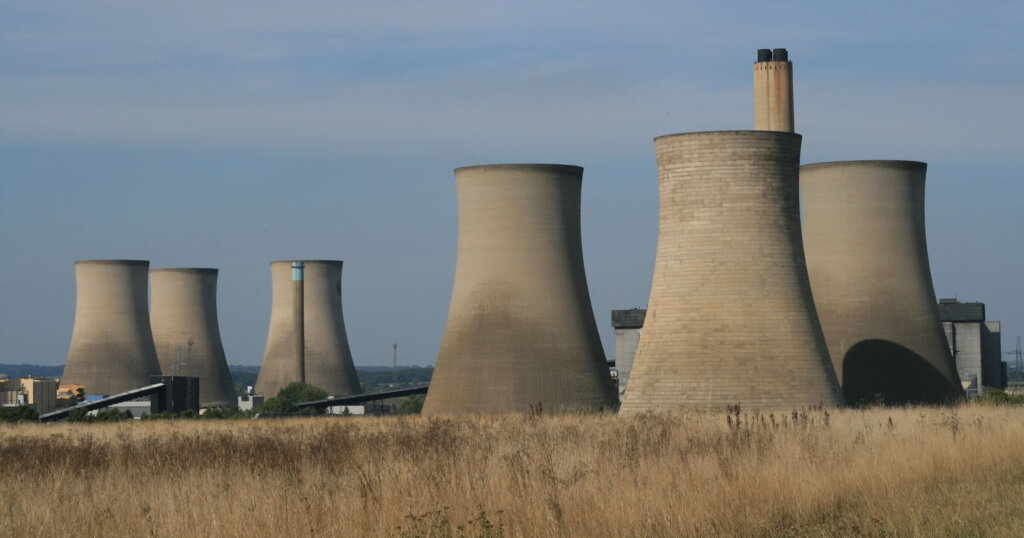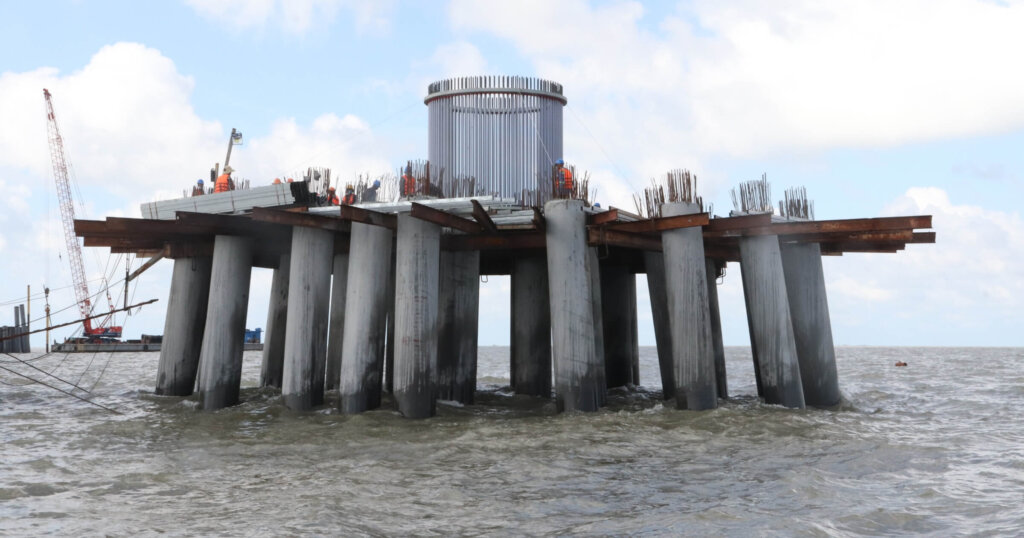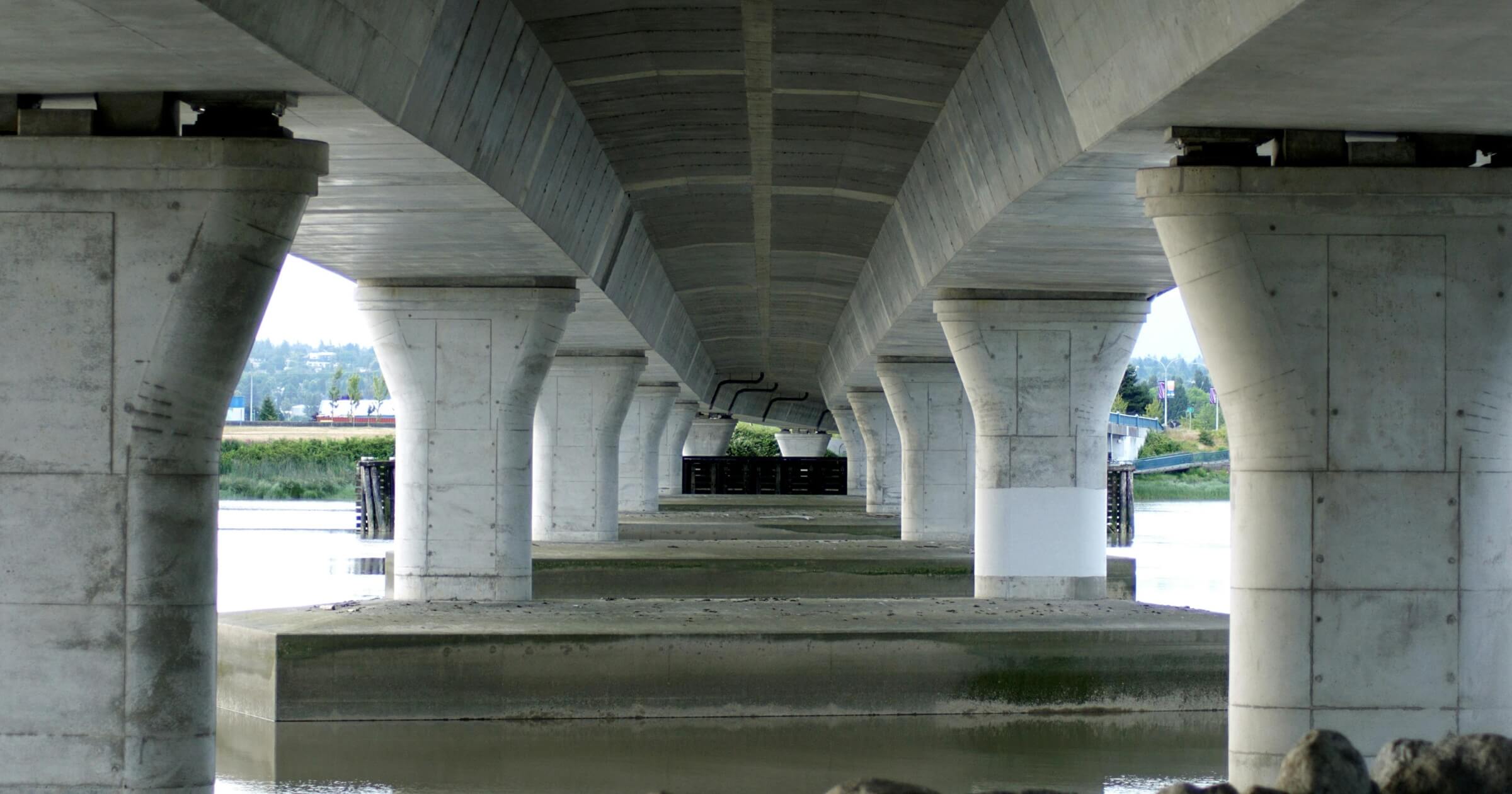Heat-resistant concrete can withstand extreme temperatures without cracking or losing strength. It is commonly used in environments where exposure to high heat is unavoidable, such as industrial furnaces and chimneys. This specialized concrete prevents thermal degradation and prolongs the life of structures. Understanding the properties and applications of heat-resistant concrete can help contractors choose the right material for demanding projects.
Quick look
- Heat-resistant concrete withstands temperatures above 1,000°F without losing strength.
- Heat-resistant concrete is ideal for industrial, residential, and offshore applications.
- Its high durability reduces long-term maintenance costs.
- Heat-resistant concrete is used in kilns, chimneys, oil/gas platforms, and other high-heat environments.

What is heat-resistant concrete?
Heat-resistant concrete, also known as refractory concrete, is designed to endure extremely high temperatures without breaking down. It maintains its structural integrity even when exposed to heat above 1,000°F, making it perfect for environments where thermal stress is constant. This type of concrete typically contains specialized aggregates like crushed firebrick, bauxite, or high-alumina cement, which enhance its heat resistance.
The composition of this type concrete varies depending on the application. Some mixes include lightweight aggregates to improve insulation, while others use denser materials to provide greater strength. This versatility allows contractors to choose the right formulation based on the project’s temperature demands and structural requirements.
Properties of heat-resistant concrete
This type of concrete comes with a few distinct properties that make it different from traditional concrete and great for using in high heat scenarios. These include:
- High-temperature resistance – Can withstand temperatures exceeding 1,000°F without degrading or losing strength.
- Low thermal conductivity – Minimizes heat transfer, protecting adjacent materials and structures.
- Thermal shock resistance – Prevents cracking or spalling caused by rapid temperature changes.
- Chemical resistance – Resists damage from acidic and corrosive substances, extending its lifespan.
- High compressive strength – Ensures structural stability under extreme heat and pressure.
Applications of heat-resistant concrete in construction

- Industrial furnaces and kilns – Heat-resistant concrete is used for lining industrial furnaces and kilns, where temperatures can exceed 2,000°F. It prevents thermal degradation, preserving the structure’s integrity over prolonged exposure. Without this protection, standard concrete would crack and fail, leading to costly repairs and operational downtime.
- Fireplaces and chimneys – In residential and commercial buildings, fireplaces and chimneys are exposed to intense heat during regular use. Refractory concrete prevents cracking in these structures. It also improves fire safety by reducing the risk of heat transfer to surrounding materials, which can help prevent house fires.
- High-temperature zones in residential and commercial buildings – Areas near boilers, heating systems, and other high-temperature zones require concrete that can withstand prolonged heat exposure. Heat-resistant concrete protects structural components in these areas by preventing cracking, spalling, and heat-induced damage.
- Offshore platforms – Offshore platforms face not only high temperatures but also chemical exposure from seawater and hazardous materials. Heat-resistant concrete maintains its structural integrity under extreme conditions, protecting critical components in these harsh environments.
- Secondary containment systems – Facilities that store hazardous chemicals or fuels require secondary containment systems to prevent leaks and environmental damage. Refractory concrete is ideal for these systems because it withstands both high temperatures and chemical exposure.
- Foundations and structural components in mining and oil/gas industries – Heat-resistant concrete is commonly used in the foundations and structural elements of mining and oil/gas facilities. These environments generate extreme heat and pressure, requiring materials that can endure prolonged exposure without deteriorating.
- Drainage systems exposed to heat and chemicals – High-temperature drainage systems, especially those in industrial settings, are exposed to heat and corrosive chemicals.
Benefits of using heat-resistant concrete
- Excellent adhesion – Refractory concrete bonds effectively to a variety of surfaces, making it a versatile choice for different applications. This strong adhesion reduces the risk of delamination, where layers of concrete separate over time.
- Superior fire protection – By withstanding high temperatures without breaking down, heat-resistant concrete slows the spread of fire. This added layer of protection is especially valuable in industrial and commercial settings where fire hazards are a concern.
- Thermal shock resistance – Sudden temperature changes can cause standard concrete to crack or spall due to thermal stress. Heat-resistant concrete absorbs and dissipates heat more effectively, preventing damage from rapid temperature fluctuations. This makes it ideal for applications where extreme heat cycles are common, such as kilns and chimneys.
- Exceptional durability – Heat-resistant concrete maintains its strength and structural integrity over time, even in harsh environments. Its resistance to heat, chemicals, and physical wear reduces the need for frequent repairs or replacements. This longevity lowers long-term maintenance costs and improves the lifespan of structures.
- High early strength – Refractory develops significant compressive strength in a short period, allowing structures to bear loads quickly after installation. This rapid strength gain accelerates construction timelines and minimizes project delays.
- Sulfate resistance – Sulfates present in soil, water, and industrial chemicals can degrade conventional concrete over time. Heat-resistant concrete is formulated to resist sulfate attacks, making it a reliable choice for environments where chemical exposure is a concern.
- Energy-efficient temperature regulation – Heat-resistant concrete helps regulate internal temperatures by minimizing heat transfer. In industrial applications, this reduces energy consumption for cooling systems and improves operational efficiency.
- Enhanced emergency safety – Refractory concrete has the ability to withstand extreme heat reducing the likelihood of structural collapse during emergencies. This protection gives occupants more time to evacuate safely and minimizes the risk of property damage.
Things to consider when using heat-resistant concrete
Moisture content
Excess moisture trapped in concrete can lead to problems when exposed to high temperatures. When the concrete heats up, water trapped within the material turns to steam, causing internal pressure that may lead to cracking or spalling. To avoid this, ensure the concrete is properly cured and dried before subjecting it to high heat.
Structural reinforcement
Refractory concrete may require additional reinforcement to maintain stability in high-stress environments. Steel fibers, wire mesh, or rebar can provide the necessary support, helping the concrete maintain its shape and strength under thermal stress. Reinforcement is particularly important in load-bearing applications or where rapid temperature changes are expected.
Thickness and design
The thickness of heat-resistant concrete plays a significant role in its ability to withstand high temperatures. Thicker sections provide better insulation and protection against thermal stress, but they may require longer curing and drying times. Designers should consider the specific heat exposure and load requirements when determining the optimal thickness for each application.
Installation conditions
Proper installation of this type of concrete is critical to help achieve its full potential. It is important to maintain consistent temperature and humidity levels during curing to prevent premature drying or cracking. Rapid temperature changes during the curing process can weaken the concrete and reduce its heat resistance. Contractors should follow best practices for installation and curing to ensure a durable, high-performing product.
Regulatory compliance
Projects involving heat-resistant concrete often require compliance with specific building codes and industry standards. Regulations may dictate minimum thickness, curing times, and testing protocols to ensure structural safety. Contractors should verify that the concrete mix and installation process meet local requirements.
Maintenance
Regular maintenance is necessary to prolong the lifespan of heat-resistant concrete. Periodic inspections can identify early signs of cracking, spalling, or chemical deterioration. Addressing minor issues before they escalate prevents costly repairs and maintains structural integrity.
Cost considerations
Heat-resistant concrete typically costs more than standard concrete due to its specialized materials and manufacturing process. However, the long-term benefits often outweigh the initial investment. By reducing maintenance, repair, and replacement costs, heat-resistant concrete offers better value over the lifespan of the structure. Contractors should weigh the upfront cost against the potential savings and improved safety in high-temperature environments.
How to choose the right concrete for your project
Heat-resistant concrete is the best choice for environments where prolonged heat exposure or chemical attacks are common. Applications such as kilns, furnaces, and chimneys benefit from its thermal stability and durability. Similarly, offshore platforms and secondary containment systems require heat and chemical resistance to maintain structural integrity.
For projects where heat exposure is minimal, standard concrete may be sufficient and more cost-effective. Contractors should evaluate factors such as temperature fluctuations, load requirements, and chemical exposure when selecting the appropriate concrete type.
Future of concrete in construction
The future of heat-resistant concrete is being shaped by advancements in material science and construction technology. New formulations using high-alumina cement and geopolymer technologies are enhancing heat resistance and chemical durability. These innovations are expanding the range of applications for heat-resistant concrete, making it a more versatile solution for modern construction.
Sustainability is also driving the development of heat-resistant concrete. Eco-friendly formulations that reduce carbon emissions and energy consumption are gaining traction in the industry. As construction standards move toward greener practices, heat-resistant concrete is evolving to meet environmental requirements while maintaining high performance in demanding conditions.
Bottom line
Heat-resistant concrete is a reliable solution for high-temperature environments, offering superior fire protection, durability, and structural integrity. Whether used in industrial kilns, chimneys, or offshore platforms, this specialized concrete enhances safety and performance.
To stay informed about the latest advancements in construction materials and techniques, subscribe to the newsletter today.


